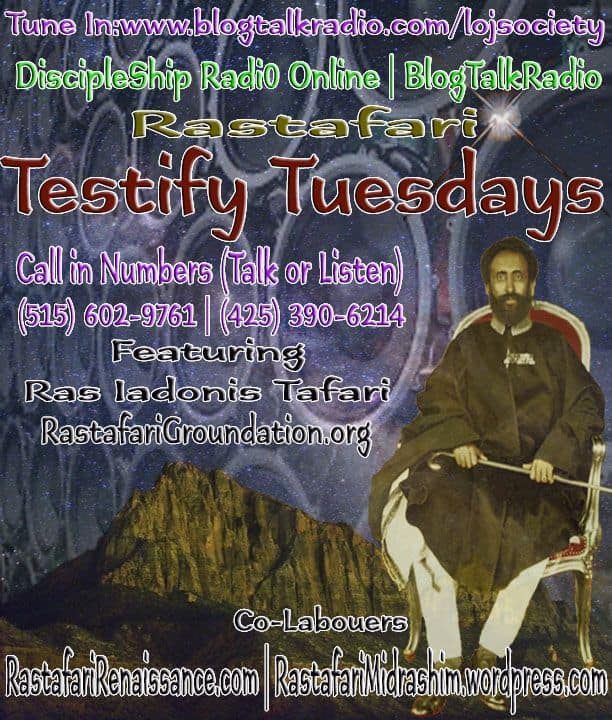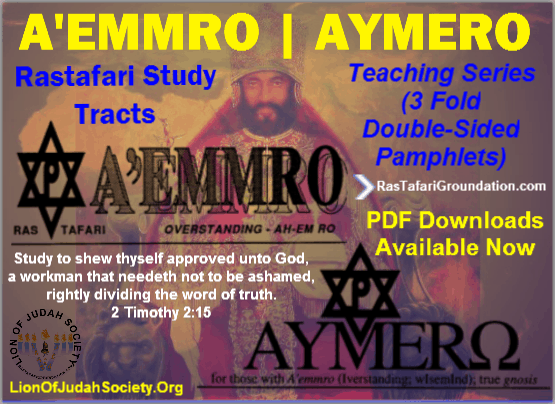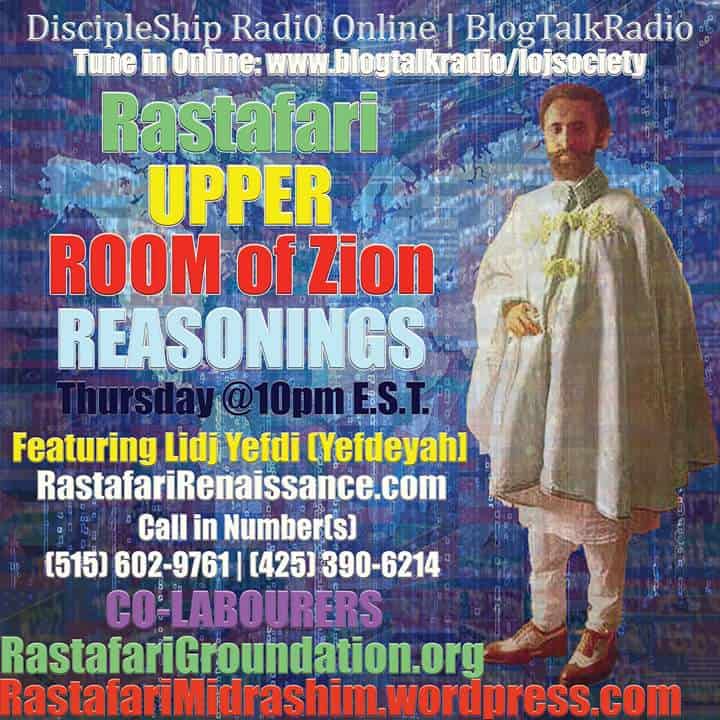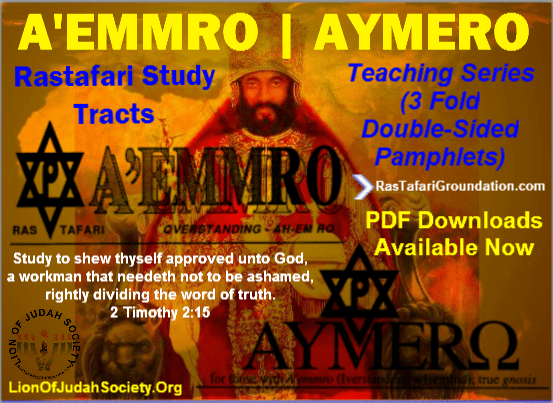About the Authors:
David A. Levitt is a principal, and Steven R. Chiodini is an associate at Adler & Colvin in San Francisco.
Revenue generation continues to draw significant attention in the nonprofit sector. Rather than rely exclusively on donations, many nonprofits seek to become self-sustaining through earned income. While in some cases revenue may be generated by activities that clearly further the nonprofit’s mission, other activities may be desirable primarily for the revenue they produce or involve other aspects that do not fit neatly within a nonprofit (or tax-exempt) framework. In these situations, legal and business factors may favor the creation of a for-profit entity to carry on the activity.

While any nonprofit organization might consider launching a subsidiary, this article focuses on public charities that are tax-exempt under Internal Revenue Code Section 501(c)(3). Private foundations and nonprofit organizations that fall under other categories of tax exemption, like trade associations or social welfare organizations, will encounter compliance requirements specific to their tax-exempt status.
Why Would a Charity Want to Create a For-Profit Subsidiary?
Expanding Activities Beyond Those That Are Clearly Charitable
Although charities and other nonprofit organizations generally are exempt from income tax, they can incur tax on their unrelated business income. The unrelated business income tax, or “UBIT,” applies to income derived from a regularly carried on trade or businesses that is unrelated to the performance of the organization’s tax-exempt (e.g., charitable) functions. This tax was introduced in 1950 as a means to prevent tax-exempt organizations from having an unfair advantage by virtue of their tax-exempt status over for-profit, taxable competitors when they engaged in commercial business activities.
An organization potentially can derive significant income from unrelated business activity and pay any UBIT incurred. At some point, however, the activity may become so substantial that it could threaten the tax-exempt status of the organization. In that case, the entity may be well-advised to move the activity into a separate legal entity, such as a subsidiary corporation. There is no bright-line for how much unrelated business activity is too much for a nonprofit to conduct; housing the activity in a corporate subsidiary can avoid concern about when this line has been crossed.
In addition, it is not always clear under federal tax law when an activity might be considered unrelated to the charity’s tax-exempt purpose. For instance, operating a training program or publishing books, while educational, may too closely resemble a for-profit business to qualify as substantially related to a charitable purpose. An organization may focus on serving low-income or other underserved communities, or selling its product at a lower price only to other charities, in order to be comfortable that the activity is substantially related. However, a nonprofit organization with a successful business model may not want to limit the scope of its activities in this way. Instead, it may wish to increase revenue by offering its product or service at fair market value to the broadest audience possible. A for-profit subsidiary maximizes flexibility to pursue a wide range of profit-making activities and to take advantage of future opportunities as they arise.
Shielding the Parent from Liability
A nonprofit organization, especially one with a large endowment or other significant assets, may not want to risk those assets by operating a business with potential liabilities. In these circumstances, it may be prudent for the nonprofit parent to protect its other assets and activities by isolating the business in a limited-liability subsidiary. No social service organization, for instance, would want to see its programs for at-risk youth jeopardized if the day-care center that it also owns is sued.
Attracting Outside Investors
A for-profit entity can raise money for its business by offering equity to outside investors. The nonprofit organization is limited to relying primarily on contributions, loans, investment income, or earned revenue to finance its activities, but it cannot offer ownership interests in itself. When contributions and other sources of revenue are insufficient to sustain or grow an activity, additional capital may be necessary. The for-profit vehicle expands access to capital by attracting investors who are motivated by receiving a return, in addition to funders who are willing to donate to the nonprofit parent.
Attracting and Compensating Employees
A for-profit entity can offer equity compensation to employees and other profit-sharing opportunities that a nonprofit organization cannot. This flexibility may be important for attracting talent, especially when competing with for-profit employers. A for-profit subsidiary also may be able to compensate individuals without concern about providing excess compensation under state and federal laws that govern the nonprofit parent.
Spinning Off the Business
If the nonprofit organization ultimately may sell the business, it may be easier to segregate the activity in a subsidiary, where the business can be valued separate from the parent organization. The parent’s equity interest in the subsidiary also could be transferred, avoiding a potentially complicated process of identifying and assigning individual assets and liabilities from the nonprofit in order to transfer the business activity.
Public Disclosure and Perception
While the existence of a controlled subsidiary and certain transactions with that subsidiary will be disclosed on the nonprofit organization’s publicly available annual Form 990, the subsidiary’s activities will not be subject to the same level of disclosure as it would if the activity was conducted directly by the nonprofit organization (for instance, with respect to the subsidiary’s income and expenditures and possibly the compensation it pays individuals, depending on what other roles the recipients have with respect to the nonprofit organization.) The nonprofit also may prefer a clear separation between its charitable activities and any for-profit endeavors, to avoid mission drift or a perception that its charitable work has been tainted or overshadowed by profit-making objectives.
Other
Other reasons also may exist for forming a separate legal entity (e.g., administrative convenience, availability of certain government funding, or requirements for operating in a foreign country).
What Are Some Disadvantages to Establishing a For-Profit Subsidiary?
Administrative Cost and Complexity
Two entities in general are more complicated to operate than one. The costs to form a subsidiary and maintain two separate entities therefore will be higher.
Corporate formalities must be observed to protect the separation of the entities. Each organization must have a separate governing body and should conduct separate board and committee meetings, with separate minutes taken. The entities also should avoid commingling assets by using separate bank accounts and should maintain an arm’s length relationship. If the subsidiary and the parent will share any resources such as office space or employees, or if one entity is going to provide goods or services to the other, or a license of any intellectual property, the entities should enter into a written resource-sharing, services, or licensing arrangement. A charity must receive at least fair market value for whatever it provides to the for-profit entity.
While the nonprofit parent will be the only (or at least the controlling) equity holder of the for-profit subsidiary and therefore will control the for-profit’s governing body, there are reasons to avoid complete overlap in the directors and officers of the two entities. Having some different directors and officers helps clarify when individuals are acting on behalf of the for-profit subsidiary versus the nonprofit parent; these lines can get blurred more easily if the directors and officers of both are identical. In addition, for transactions between the two entities, it may be desirable, or even required, for the nonprofit to have some board members who are not affiliated with the for-profit entity to approve the transaction.
A failure to segregate the subsidiary’s operations from the parent can result in the subsidiary’s separate status being disregarded by a regulator or a court and the activities being attributed to the parent for tax, liability, or other purposes. The time and expense involved in properly maintaining two separate entities therefore should be considered.
Prudent Investment Considerations
If the subsidiary’s activities are not related to the parent’s charitable purposes, investment in the new entity should be a reasonable use of the organization’s resources and may need to satisfy a “prudent investment” standard. (See “Capitalizing the New Entity” below.)
Compliance with Securities Laws
Depending on the number, residence, and sophistication of any other investors involved other than the nonprofit organization, securities laws may apply; this can involve compliance costs and delays. However, if participation is limited to the nonprofit, or to a small number of outside investors in addition to the nonprofit, securities-law compliance costs may not be significant.
Winding Down the New Entity
In order to wind-down a subsidiary, a dissolution process may be required. In addition, when a for-profit corporate subsidiary is dissolved, the subsidiary’s assets are deemed to be sold, potentially resulting in adverse tax consequences. This may make it difficult to liquidate an existing corporation. The nonprofit parent should consider its exit strategy before establishing a new entity.
Entity Selection for the Nonprofit Organization Subsidiary
For any or all of the advantages described above, the nonprofit organization may have decided in favor of creating a for-profit subsidiary. Additional questions remain.
Corporation or LLC?
While there are many types of for-profit entities, the two most useful vehicles for a nonprofit organization to consider when creating a subsidiary are the Subchapter C corporation and the limited liability company (LLC). Some considerations for the nonprofit parent will be the same as for any organization forming a subsidiary. For instance, the parent may be focused on limiting liability or establishing an appropriate management structure. Below are some considerations specific to nonprofit organizations.
Federal tax law considerations. For federal income tax purposes, a corporation is recognized as a separate taxpaying entity. The corporation will realize net income or loss, pay taxes, and distribute profits to shareholders. The profit is taxed to the corporation when earned and is taxed, with certain exceptions, to the shareholders when distributed as dividends, resulting in a double tax. For a tax-exempt nonprofit parent, the dividends it receives may not be taxable, because they qualify as passive income. However, the income of the subsidiary will be taxed at the subsidiary level.
Certain payments typically are deductible to the subsidiary as a business expense, such as the cost of borrowing money, renting space, or licensing intellectual property. However, in the case of a corporate subsidiary where the parent owns more than 50 percent of the stock (or, if the subsidiary is an LLC, more than 50 percent of the profit or capital interests), the interest, rents, and royalties paid by the subsidiary to the parent will be subject to UBIT.
In contrast to a corporation, LLCs are typically “pass-through” entities. Multiple-member LLCs are treated like partnerships and are not subject to income tax at the entity level (although an LLC can elect to be taxed separately from its members, in which case it would be taxable as a corporation). Instead, the LLC allocates to each member its share of the LLC’s income and expense, and each member pays its own tax on this net income (regardless of whether the LLC actually makes any distribution to its members). The Internal Revenue Service will attribute activities carried on by an LLC to its tax-exempt members when evaluating whether the nonprofit members are operated exclusively for exempt purposes.
An LLC may have only one member, in which case it is generally disregarded for federal income tax purposes. Its income and expenses are reflected on the tax return of its sole member, and the IRS will regard the nonexempt activities carried on by the LLC to be the activities of its sole member.
An LLC may work well when the nonprofit’s goal in setting up the subsidiary is to limit liability or to attract additional investors, and the LLC’s activities are still substantially related to the parent’s charitable mission. A tax-exempt parent may not wish to hold a membership interest in an LLC where the subsidiary will conduct an unrelated business activity. In that situation, the member may be required to file a Form 990-T and pay unrelated business income tax on its share of net income from the LLC. The revenue-generating activities also potentially could jeopardize the charity’s tax exemption. A nonprofit organization therefore may opt for a taxable corporation to house activities that are unrelated to its mission in order to avoid this attribution.
State law considerations. A subsidiary will be subject to registration and reporting requirements in its state of formation (e.g., with the secretary of state). If the entity establishes certain minimum contacts with another state through its operations, the entity also will be subject to the jurisdiction of that state.
Some states impose taxes or annual fees on LLCs, notwithstanding the fact that a single-member LLC is disregarded for federal income tax purposes or that a multiple-member LLC has only tax-exempt organizations as its members. A lack of uniformity across states means that an LLC subsidiary could owe taxes or fees in one or more states while operating in other states free of any entity-level payment.
Should the Subsidiary Be a Benefit Corporation?
For-profit corporations traditionally are organized to pursue maximum financial return for their shareholders. An increasing number of states have introduced a new form of legal entity that serves both a business and a social or charitable purpose. The benefit corporation is probably the best known of these options and has been adopted in more than half the states. Another alternative, the flexible purpose corporation, can be formed in California. Washington state has the social purpose corporation, and Delaware last summer introduced the Delaware public benefit corporation (not to be confused with the California nonprofit public benefit corporation). An LLC variation also exists in a number of states, called the low-profit limited liability company or “L3C.” These entities allow (and in some cases require) directors to take into account a social purpose and certain non-economic factors when making decisions, in addition to financial return.
There are similarities and significant differences among these new options that are beyond the scope of this article. A nonprofit parent forming a wholly-owned subsidiary may not find it worthwhile to consider any of them, as the nonprofit will have complete control over the subsidiary; with no other shareholders, there is little risk to the for-profit directors if they pursue a social purpose at the expense of maximizing profit. For a subsidiary with other investors, a social purpose entity may provide some measure of protection to directors as well as anchor the social mission by articulating it in the organizing documents and making it harder to change (as state laws typically require a supermajority vote). Use of one of these entities also may convey both to investors and to the public the intended social purpose of the subsidiary, which may be perceived as “more aligned” with the parent nonprofit’s mission.
Capitalizing the New Entity
Is the Investment an Appropriate Use of Nonprofit Funds?
The nonprofit parent must capitalize its subsidiary. A contribution in return for an equity interest is an investment. The parent must determine whether the investment is either (1) a prudent investment that will not violate any state fiduciary requirements or prudent investor laws, or (2) a “program-related” investment that is being made primarily to further a charitable purpose rather than an investment purpose. If a subsidiary is formed to house business activities that are unrelated to the parent’s tax-exempt purpose, only the first option may be available. The nonprofit therefore should be aware of any prudent investment standards that govern how the organization may invest its funds, for instance the standard set forth in the state’s version of the Uniform Prudent Management of Institutional Funds Act (UPMIFA). In addition, a tax-exempt parent may have UBIT issues, if it uses debt to finance an unrelated investment.
Private foundations face additional restrictions. They generally may not own more than 20 percent of a business entity such as corporation or an LLC, unless the corporation or LLC is operating a business that is functionally related to the foundation’s mission. A private foundation also can be taxed on investments that jeopardize its tax-exempt purposes. A “program-related investment” – one that is made primarily to accomplish a charitable purpose and with no significant investment purpose (see Internal Revenue Code Section 4944) – is not subject to either of these restrictions.
Will the Subsidiary Have Other Investors?
Initial funding of a new subsidiary could come from a combination of capital contributions and loans from the nonprofit organization and possibly from other investors. If other investors will be involved, the arrangement becomes more complicated. A charity must make sure that it receives adequate value in return for its contribution, and it must avoid using charitable assets to subsidize for-profit investors. The charity therefore should receive an equity interest that reflects the fair market value of whatever it has contributed. It may need to have an appraisal conducted to confirm the value of its contribution or that of other investors, such that each investor receives a proportionate interest.
In addition, and as mentioned earlier, any transactions between the parent and its for-profit subsidiary, including licenses, leases, and loans, need to be at fair market value or better for the parent. The organization needs to be especially wary of any benefit, whether direct or indirect, to charity insiders who own some percentage of, or will be compensated by, the subsidiary entity. If charity insiders are involved, certain federal and state laws governing interested party transactions may apply (e.g., the excess benefit transaction rules under Internal Revenue Code Section 4958).
Conclusion
Use of a for-profit subsidiary can be an effective strategy for a variety of reasons, from shielding a nonprofit organization from liability or the tax consequences of conducting an unrelated business activity, to attracting outside investment and scaling a business beyond what might be possible if conducted inside the nonprofit parent. When a revenue-generating activity or a significant asset is involved, the directors of a nonprofit organization and legal counsel should consider whether a subsidiary would make sense.
link to full article @
http://americanbar.org/publications/blt/2014/06/03_levitt.html









































































































